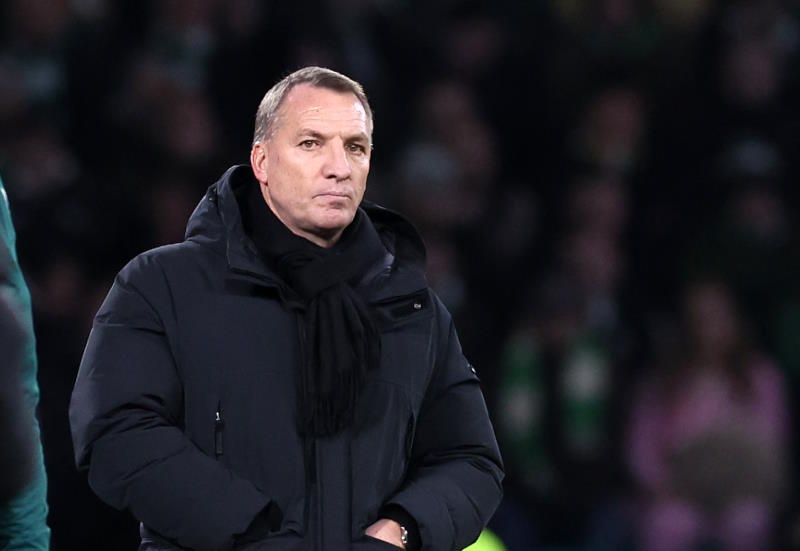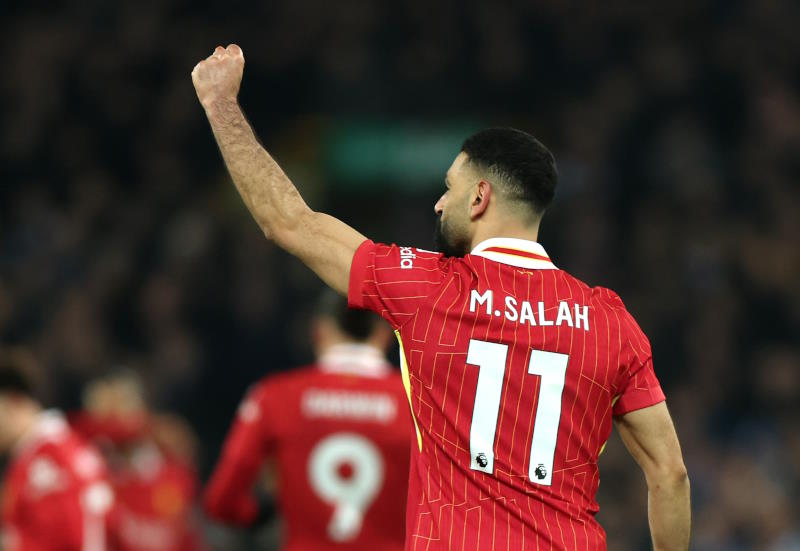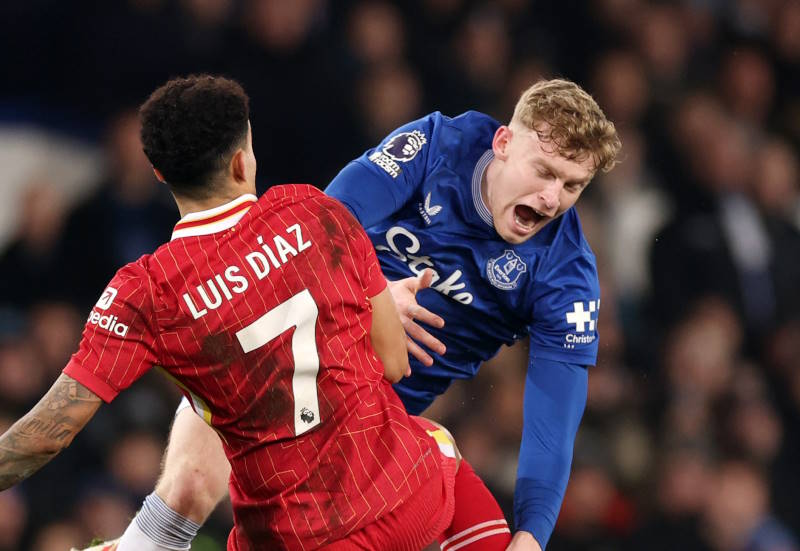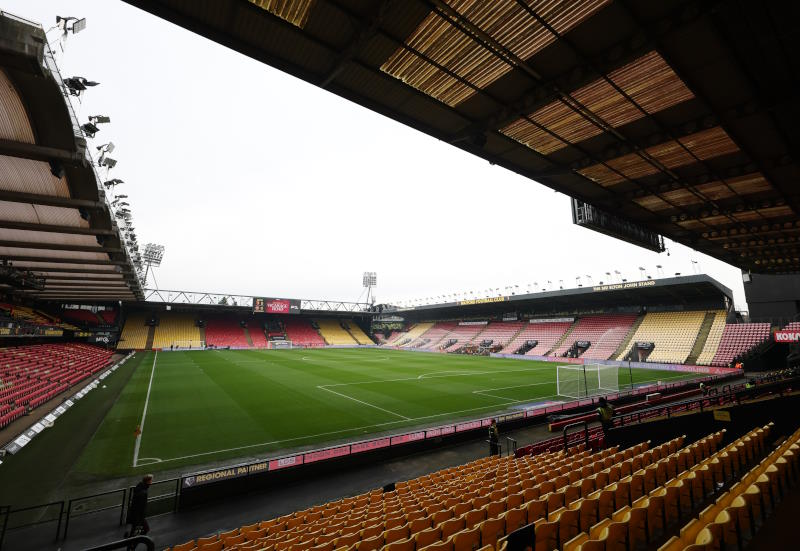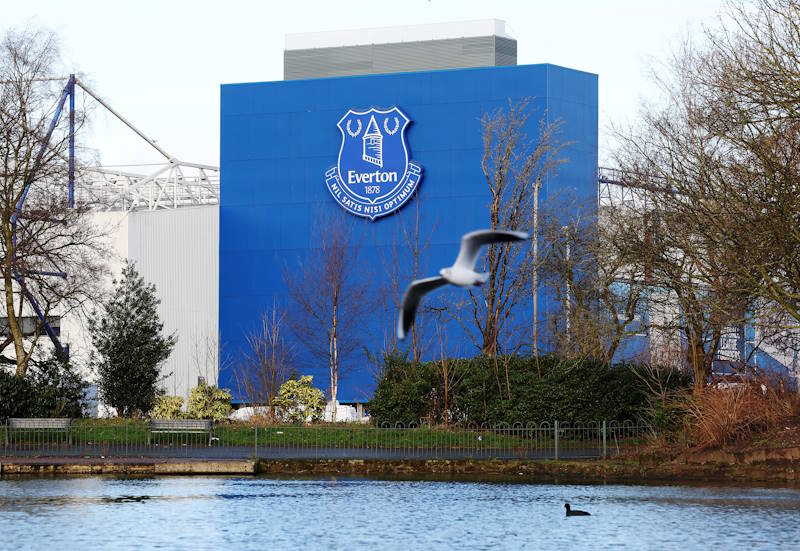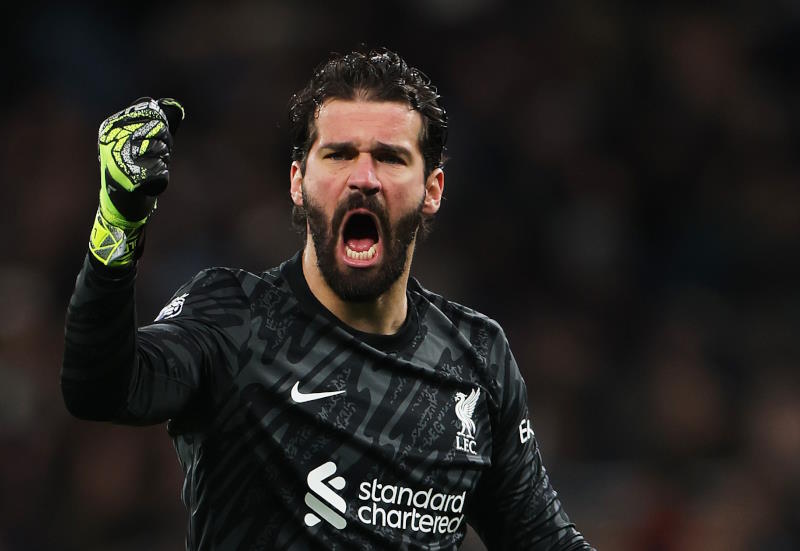
Mexican football supporters saw a familiar face take to this pitch once again during the country’s first match of the 2010 World Cup in South Africa. Cuauhtémoc Blanco entered the fray in the 68th minute, coming on for Carlos Vega, to appear at his third World Cup: Blanco donned the Mexican colours in France ’98, South Korea/Japan ’02 and now in South Africa in 2010. As the central American nation eventually headed out to Argentina in the last 16, Blanco surely bid farewell to the biggest stage of all, unfortunately from the bench. He will leave South Africa not just as a Mexican legend, but also an MLS one too. And at 37 years old, it is a tribute of sorts that he was even selected for the World Cup.
Cuauhtémoc Blanco grew up in an impoverished neighbourhood in Mexico, but his skills with a football soon got him noticed by scouts from domestic side Club America, and it was here he played his first professional match in 1992 at the age of 19. Club America had dominated the Mexican domestic league in the 1980s, but played poorly throughout the 1990s, even after the addition of the talented Blanco.
Loan deals sent Blanco to Club Necaxa, Veracruz and even Spanish club Real Valladolid for parts of the 90s as his game continued to develop. The Mexican striker had some success with Necaxa, scoring 13 goals in 28 appearances, but he saved his best for Club America. Blanco spent the majority of his career with The Eagles, scoring a total of 125 goals in 333 matches. He won the Golden Boot in 1998, and added a club championship in 2005. The 2005 season was the first of three consecutive campaigns in which he was named the MVP of the Primera Division. Blanco was truly on top of Mexican football.
In his 15 years with Club America, Cuauhtémoc Blanco became an idol to the club’s supporters. Even today the stocky forward is ranked as the club’s second top scorer, trailing only Mexican great Luis Roberto Alves.
At 34 years old, Blanco signed with MLS side Chicago Fire in April of 2007. He received a warm welcome from the football supporters in Chicago and returned the favour by playing well in his first season with the club. Chicago had a chance at the championship, but fell short in the semi-finals. Blanco however, was a finalist for both Newcomer of the Year and Most Valuable Player awards.
The Mexican striker opted to stay in the United States, playing with Chicago for 2008 too. The Americans paid well, and Blanco earned the second most of any player in the MLS, only behind that other international superstar in town, David Beckham. Once again, Chicago advanced to the semi-finals before being defeated. By comparison, Beckham’s Los Angeles Galaxy finished sixth in their conference and didn’t enjoy a spot in the playoffs. Blanco was once again a finalist for the Most Valuable Player, losing out to Guillermo Barros Schelotto, but the Mexican was named the Best Player for the Month of May during the ’08 campaign.
After several successful years in America, Blanco turned down the option to continue with Chicago for the 2010 season and instead went back to Mexican club Veracruz. It wasn’t the happiest of returns though, as with Blanco as team captain, Veracruz were relegated in last year’s season and will play in the Primera Division A next year.
At international level the forward has represented Mexico at three World Cups. He could have played in the 2006 World Cup in Germany, but was surprisingly left out. The reason given by Mexican manager Ricardo Lavolpe was that Blanco was struggling with injuries and not playing at the top of his game. However, some attribute the snub to disputes between player and coach in the previous year.
Mexico advanced to the round of 16 in both of Blanco’s previous World Cup appearances, but have gone no further, losing to Germany in 1998 and to the United States in 2002. Storming back from his 2006 disappointment, the forward was a regular in the Mexican line-up for the 2010 World Cup qualifiers, even earning his 100th international cap against Canada in 2008. Fans in Mexico City showed their appreciation for years of world-class football by giving Blanco a standing ovation when he completed his final World Cup qualifying match.
Besides goalkeeper Oscar Perez, who is also 37 years old, Blanco was by far the oldest player in the Mexican World Cup squad. But whereas Perez can spend an entire game between the posts, Blanco will be hard pressed to keep up with players over a decade younger. Indeed, his effort in the opening game with South Africa was widely criticised as commentators pointed to his portly frame and off the pace display.
A second appearance however, in the 2-0 win over France, showed the 37-year-old in a much more positive light as he soon imposed himself on the game and the respect with which his team-mates viewed him was clear for all to see. It will have been to Blanco’s disappointment that he was not given the nod to try and influence Mexico’s last 16 3-1 loss to Argentina. Nevertheless, he can head home happy at having competed with players nearly two decades younger.
At 37 years old, Blanco is not likely to return for the 2014 World Cup. He can though take some satisfaction at having participated in this tournament and take pride in his achievements as one of the greatest Mexican football players in history.


